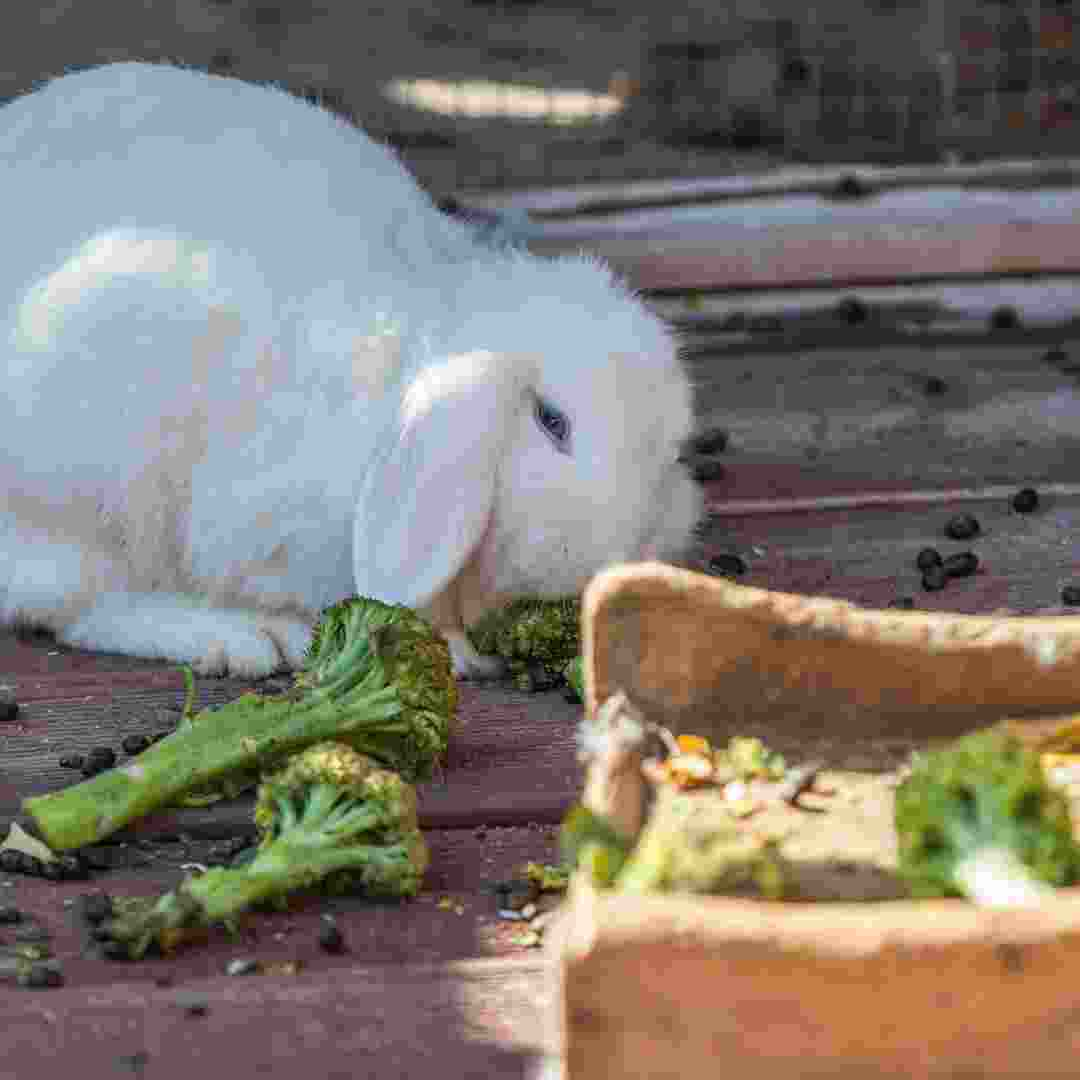Contents Table
Introduction
Rabbit Disease Signs: How to Spot a Dying Rabbit
Common Rabbit Death Causes and Early Signals
Identifying Dying Rabbit Symptoms
A Rabbit Owner's Guide to Rabbit Death
How to Comfort a Dying Rabbit
Q&A
Conclusion
Introduction
Death of loving creatures like rabbits is painful. Understanding rabbit death can help you care for and console your pet. You can detect when a rabbit is dying and what to do afterward using this instructions.
Rabbit Disease Signs: How to Spot a Dying Rabbit
To give your beloved rabbit the greatest treatment, you must know the signs of disease. Knowing the symptoms of a dying rabbit will help you make the best pet care decisions.
Impaired appetite is a common indicator of a dying rabbit. Do not wait to take your rabbit to the vet if they are not eating or drinking as much. Dying rabbits show lethargy, respiratory problems, and behavioural changes. Seek medical attention if your rabbit is less active or in pain.
Discharge from the eyes or nose or a change in fur colour may indicate infection. Take your rabbit to the vet immediately if they have any of these symptoms.
Finally, watch for behavioural changes in your rabbit. If your rabbit seems unsocial or in pain, seek medical treatment.
You may give your rabbit the greatest treatment by knowing the indications of disease. Take a dying rabbit to the vet immediately if you see any of these indicators.
Common Rabbit Death Causes and Early Signals
Rabbits are lovely pets, but they can die from several health conditions. To keep your rabbit healthy and alive, you need know the typical rabbit mortality causes and how to recognise them early.
GI stasis is a leading cause of rabbit death. The digestive system slows or stops, causing gas and poisons to build up in the intestines. The symptoms of GI stasis are decreased appetite, tiredness, and faeces output. If you see any of these symptoms, take your rabbit to the vet.
Rabbits die from respiratory illnesses too. Poor ventilation, overcrowding, and chilly temperatures can cause these diseases. Respiratory infections include sneezing, coughing, and breathing problems. Take your rabbit to the vet immediately if you see any of these indicators.
Additionally, rabbits can develop deadly cancer if left untreated. Rabbit cancer symptoms include weight loss, tiredness, and lumps or bumps. If your rabbit exhibits any of these symptoms, take it to the clinic.
You can keep your rabbit healthy and alive by knowing the typical rabbit death causes and how to recognise them. Take your rabbit to the vet immediately if you discover any disease.
Identifying Dying Rabbit Symptoms
Every rabbit owner should know the signs of a dying rabbit. Knowing when to take a pet to the vet can help extend its life. Knowing the signs of a rabbit in decline helps provide proper care.
The most common indicators of a dying rabbit are weight loss, drowsiness, and hunger decline. A rabbit without food or water may be dying. If a rabbit isn't eating or drinking, take it to the vet.
Another indicator of a dying rabbit is laboured breathing, difficulty moving, and decreased grooming. A rabbit with trouble breathing may be in respiratory distress and needs immediate veterinary attention. A rabbit with trouble moving may be in pain and needs veterinary care. A rabbit that grooms less may be too weak.
It's vital to notice rabbit behaviour or appearance changes. If a rabbit has any of these signs, take it to the vet. A loving pet can live longer with early intervention.
A Rabbit Owner's Guide to Rabbit Death
It might be hard and upsetting for you and your rabbit when it's dying. Knowing how to care for a dying rabbit can help you provide it the greatest care.
First, recognise indicators that your rabbit is dying. These symptoms include decreased appetite, trouble moving, laboured breathing, and behaviour changes. If your rabbit exhibits any of these symptoms, take it to the clinic. You can ask your vet if your rabbit is in pain and how to make it comfortable.
Once you know your rabbit is dying, provide it a serene and comfortable environment. This may include giving your rabbit a warm bed, fresh water and food, and lots of love. Avoid exposing your rabbit to other pets and children, as this might stress and overwhelm it.
Finally, throughout this trying moment, consider your emotional needs. Death of a pet causes grief and sadness, which should be processed. Talk to friends or relatives or get expert help.
When your rabbit is dying, give it the utmost care. Recognising indicators that your rabbit is dying, providing a quiet atmosphere, and taking care of your own mental needs can help you provide the best care for your pet during this tough time.
How to Comfort a Dying Rabbit
Rabbit end-of-life care is part of responsible pet ownership. Knowing how to comfort a dying rabbit can benefit the pet and owner.
Make sure a rabbit is comfortable before giving them end-of-life care. Provide soft, warm bedding like hay or straw. Fresh water and food are also essential for rabbits. Provide fluids using a syringe or other technique if the rabbit cannot eat or drink.
Love and affection for the rabbit are equally crucial. Pet them, talk to them, and touch them gently. Providing a serene setting is also crucial. Avoid loud noises and distractions.
Finally, the rabbit should die peacefully. Give them a calm location to die, such a quiet corner of the house or a treasured garden spot. Also, provide them a serene setting like quiet music or a wind.
Rabbit end-of-life care is part of responsible pet ownership. Knowing how to comfort a dying rabbit can benefit the pet and owner. Owners may help their rabbits die peacefully by giving a comfortable atmosphere, lots of love, and a tranquil death.

Q&A
1. What physical signs should I look for?
A: Lethargy, difficulty breathing, and loss of appetite indicate frailty. Dullness or absent fur may also appear in the rabbit's fur.
2. What behavioural changes should I watch?
A: Look for decreased rabbit activity, curiosity, and grooming.
3. What should I do if my rabbit is dying?
A: Take your rabbit to the vet immediately if you suspect it is dying. The vet can diagnose and treat the rabbit.
4. What are common rabbit deaths?
Rabbits die from illnesses, parasites, injuries, and cancer.
5. Can I keep my rabbit alive?
A: Yes! A good diet, frequent exercise, and veterinary checkups can help your rabbit live longer. Your rabbit's environment should also be clean and safe.
Conclusion
Look for lethargy, loss of appetite, trouble breathing, and behavioural changes in dying rabbits. If any of these indicators occur, seek veterinary attention immediately. The rabbit's weight and body temperature can indicate major health issues, so watch them. If the rabbit is not responding to therapy or is distressed, it may be dying. The rabbit needs a tranquil and comfortable environment at this time.
